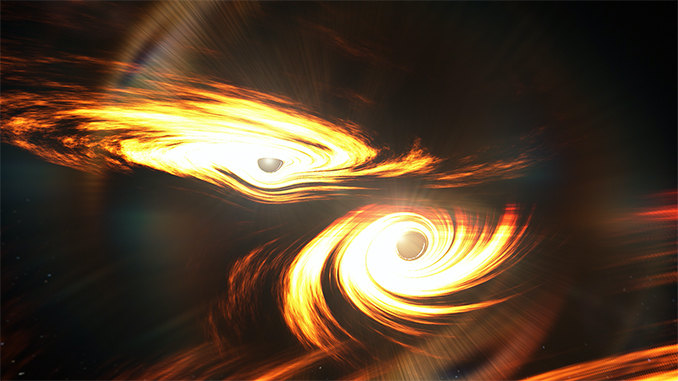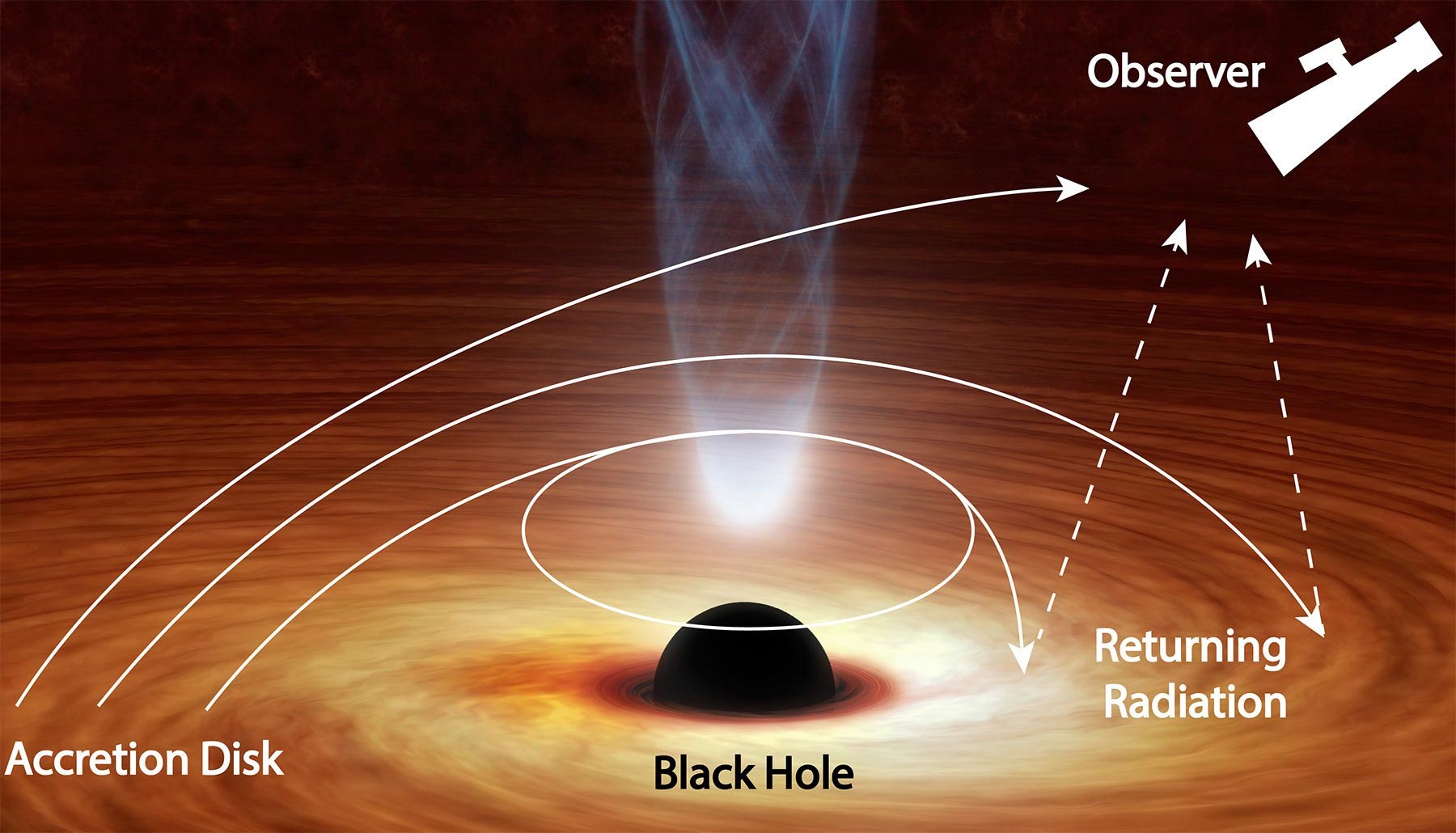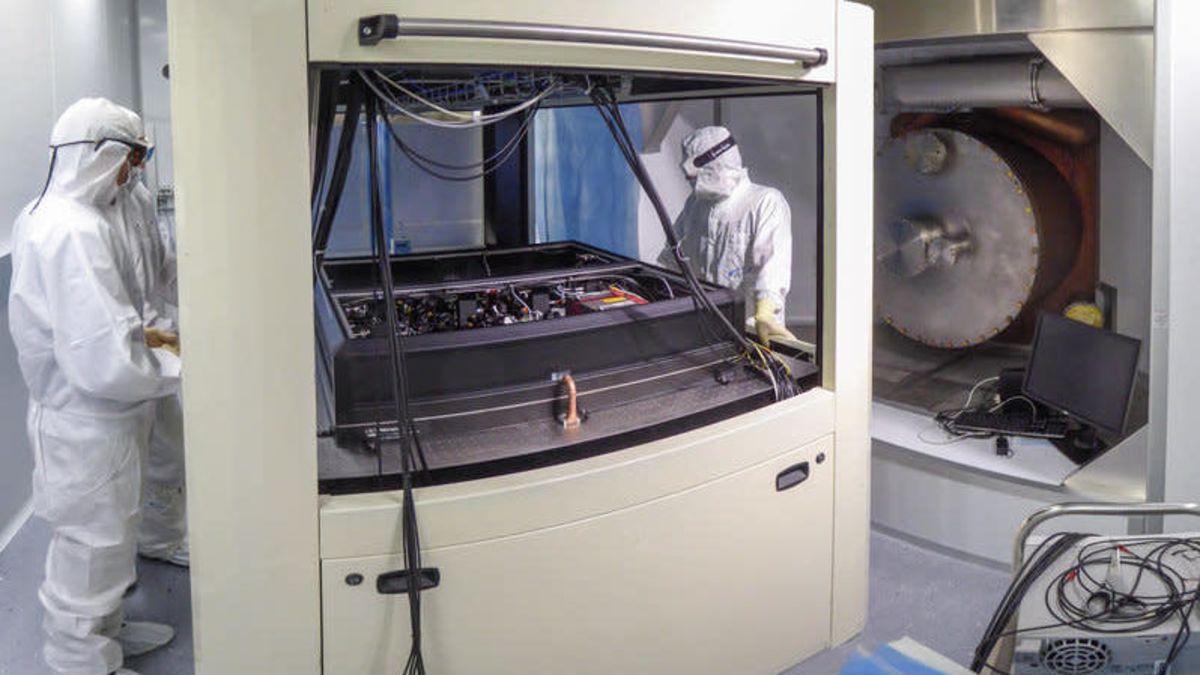
Recently The Low Frequency Array released the first data on its sky survey. They have only mapped 4% of the northern sky so far, but have already mapped 25,000 supermassive black holes.

Researchers using the Hubble Space Telescope observed one of the closest globulars to Earth – NGC 6397 and were surprised to find signs of multiple stellar-mass black holes.

It is thought that the upper mass limit for galactic black holes is around 100 billion solar masses, but new research suggests the mass limit could be much higher - more than a million times greater than the largest galactic black holes.

Astronomers are studying black holes that could have formed in the early universe, before stars and galaxies were born. Such primordial black holes (PBHs) could account for all or part of dark matter.

The 2020 Nobel Prize in Physics was awarded to Sir Roger Penrose and to Reinhard Genzel and Andrea Ghez for their discovery of the supermassive black hole at the Center of the Milky Way.

Gravitational wave observatories have detected ripples in space-time that indicate the merger of two black holes with 85 and 65 solar masses. The result was a single black hole with 142 times the Sun’s mass.

The black hole’s mass is about 8,000 times bigger than the black hole in the centre of the Milky Way. If the Milky Way’s black hole wanted to grow that fat, it would have to swallow two thirds of all the stars in our galaxy.

Can a massive star collapse into a black hole without first exploding in a supernova blast? That’s at least one explanation for the disappearance of a star 2.5 mil times brighter than the sun in a dwarf galaxy 75 mil light years away.

Astronomers studying what they thought was a double star system 1,000 light years from Earth in the southern constellation Telescopium stumbled on what must be a stellar mass black hole.

A new study offers evidence that, not all of the light streaming from a black hole’s surrounding disk easily escapes. Some of it gives in to the monstrous pull of the black hole, turns back, and then bounces off the disk and escapes.

The biggest explosion seen in the universe has been found. This record-breaking, gargantuan eruption came from a black hole in a distant galaxy cluster hundreds of millions of light years away.

A new method, the result of decades of research, has allowed researchers to suppress vacuum noise and extend the reach of the gravitational wave detectors.

Astronomers have measured a 40 billion solar mass black hole in the Holm 15A galaxy. Their results could lead to even more massive black holes.

Extensive observations indicated the presence of three supermassive back holes in the three galaxies NGC 6240 that are the process of merging. Up until now, such a concentration of supermassive black holes had never been discovered in the universe.

Astronomers have spotted three supermassive black holes (SMBHs) at the center of three colliding galaxies a billion light years away from Earth. That alone is unusual, but the three black holes are also glowing in x-ray emissions.